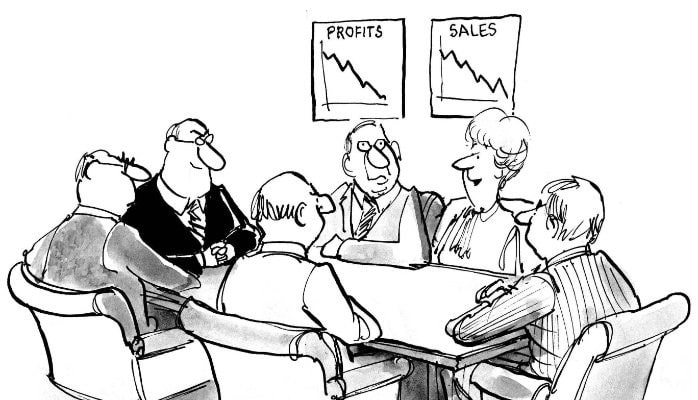- Email us: info@how2-change.com
- Call us: 0203 576 5128

We examine the disparity between C-suite expectations and outcomes for Business Change. Whether the context is mergers and acquisitions (M&A), integration or transformation. there is often a chasm between what's the C-suite confidence levels in change and what actually happens.
We explore the reasons behind this mismatch and offer recommendations for improving success rates. If you’re already worried, why not take our Free 2-minute Change Health Check?
Organisations frequently engage in M&A, integration, transformation, and change initiatives to drive growth and maintain competitiveness. However, a significant gap often exists between C-suite expectations and the actual results of these endeavours.
Research indicates that C-suite executives generally maintain high confidence in their organisation’s ability to successfully execute M&A, integration, and transformation initiatives:
Despite high confidence levels, there’s usually a sizeable gap between expectations and outcomes for business change amongst the C-suite:
Several factors contribute to the gap between expectations and outcomes for Business Change amongst the C-suite:
1. Incomplete or Poorly-Defined Strategy
Many organisations fail to develop a comprehensive change management strategy that addresses both the “what” and “how” of the transformation. This lack of strategic planning can lead to short-term tactical decisions that undermine long-term goals.
2. Cultural Misalignment
Cultural issues are often underestimated or overlooked in M&A and transformation initiatives. Misalignment between two company cultures is a prominent factor in acquisition failure. Organisations that fail to address cultural integration risk escalating conflicting priorities and confusion across newly combined teams.
3. Inadequate Resources and Support
Resource constraints, such as insufficient budgets or understaffing, can sabotage execution. Without the necessary resources and support from leadership, teams struggle to accomplish their tasks effectively.
4. Resistance to Change
Change initiatives often face resistance from employees who are comfortable with the status quo. Failure to address this resistance through effective communication and employee engagement can lead to delays, reduced morale, and even active sabotage of the strategy.
5. Lack of Effective Communication
Poor communication during change initiatives can lead to misunderstandings, diminished trust, and a loss of momentum. Many leaders underestimate the need for ongoing communication after the initial announcement of a change.
6. Unrealistic Expectations
C-suite executives often underestimate the time and resources required for successful change initiatives while overestimating the potential results, leading to unfounded confidence. This mismatch in expectations can lead to premature judgments of failure or abandonment of initiatives before they have a chance to succeed.
7. Inadequate Monitoring and Adaptation
Many organisations fail to establish robust systems for monitoring progress and adapting strategies as needed. Without clear KPIs and regular reporting mechanisms, it becomes difficult to steer initiatives toward success and make timely adjustments.
8. Technology-Centric Approach
Some organisations focus too heavily on implementing new technologies without first analysing their specific challenges and objectives. This technology-centric approach can lead to inefficiencies and poor integration with existing systems and processes.
9. Siloed Implementation
Change initiatives are often carried out in isolation within specific departments, lacking an overall strategic vision. This siloed approach can result in inefficiencies, friction between systems, and higher maintenance costs.
10. Failure to Create and Celebrate Short-Term Wins
Organisations that don’t build achievable short-term goals into their strategic plans risk losing momentum and enthusiasm for change initiatives. Celebrating small victories is crucial for maintaining motivation and demonstrating progress.
To bridge the gap between expectations and results, organisations should consider the following strategies:
While C-suite confidence levels in Change, whether M&A, integration, or transformation initiatives remains high, expectations and outcomes are often a long way apart. By understanding the reasons behind this mismatch and implementing strategies to address these challenges, organisations can improve their chances of success in change initiatives.
To assess your organisation’s readiness for change and identify areas for improvement, we encourage you to take the Free 2-minute Change Health Check. We can help you to identify and resolve any gap between expectations and outcomes for Business Change.
This quick assessment will provide valuable insights into your current change management processes and help you identify potential areas for enhancement. By taking proactive steps to improve your change management capabilities, you can increase the likelihood of success in your M&A, integration, and transformation initiatives, ultimately bridging the gap between expectations and results.
What’s next?
Follow us on LinkedIn
Contact us for an informal discussion, or book in some time now via our online calendar
Did you know: Mismanaging Change is the number 1 reason CEOs lose their job
Would you like a copy of our Change Management Guide?
Further Useful Links
Would you like our free Change Management Guide?
Want to know more about our services and How we work?
Business Change Implementation
Here’s a link to our General FAQs page. We also have specific FAQs for each of our services.